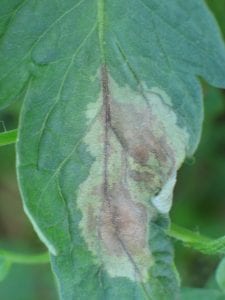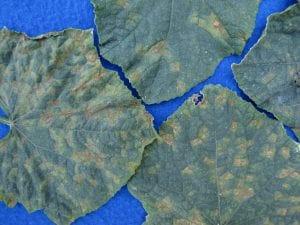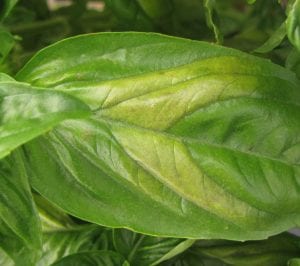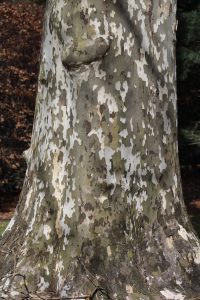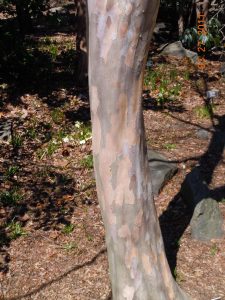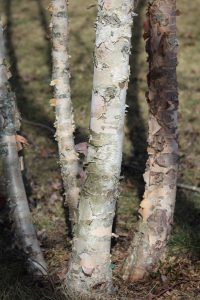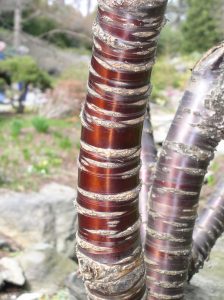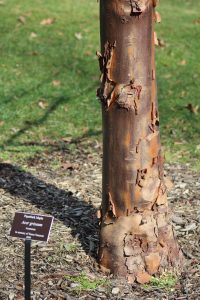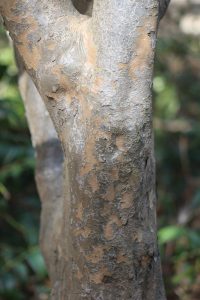With the year drawing to a close and cold weather settling in, our diagnostic lab in Riverhead remains busy. This year has been a banner year for boxwood blight, with the lab seeing over 85 positive samples come in. The humid weather throughout the summer, followed by a particularly rainy fall created the perfect environment for this disease to thrive in our landscapes.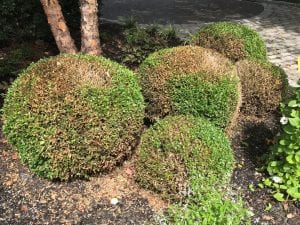
Before you go run out to your boxwoods to see if they’re okay, know that if you haven’t brought in any new boxwood, pachysandra or Sarcococca (sweet box) plants into your landscapes since 2011, your plants are probably okay. If you are particularly fond of the boxwoods on your property, you will want to familiarize yourself with some of the common symptoms:
- Black or dark brown leaf spots
- Black or dark brown steak-like lesions on stems that almost resemble markings from a permanent marker
- Sudden and dramatic leaf-drop.
- Green stems that are defoliated.
We have some very helpful links and photos for you to check out on our website:
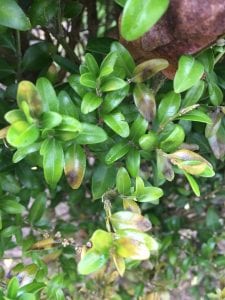
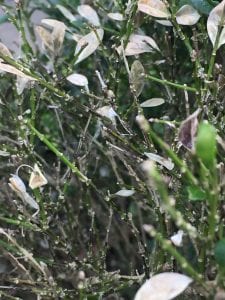
Photos above are courtesy of Mina Vescera, CCE Suffolk Nursery and Landscape Specialist. Photo to the left, Boxwood Blight spots; and on the right, Boxwood Blight canker
To prevent this disease from striking your boxwood, we recommend not planting new boxwoods, or, if you do, only purchase plants from a trusted source. Only use clean pruning tools when shearing or pruning your boxwood. Tools can be disinfected by cleaning with a 10 percent bleach solution (9 parts water to 1 part bleach)- wipe off tools to remove debris, soak for 10 minutes in 10% bleach, and rinse in clean water before use. Leaves that fall from boxwood are small and sticky – be vigilant of leaves attached to shoes, gardening gloves and tools. Make sure your boxwoods are sited in the appropriate conditions: full sun with good air circulation, irrigated with soaker or drip hoses and not overhead irrigation. Boxwoods are more likely to become infected in continuously wet conditions.
If your boxwoods are looking unthrifty, it doesn’t necessarily mean they are infected with boxwood blight. Contact us at the Horticulture Diagnostic Lab with photos and samples. Our publication here, Photographic guide of Boxwood Pests & Diseases on Long Island, will help you troubleshoot the common problems we encounter.
Should your boxwood fall victim to boxwood blight, your best course of action would be to pull out the plants and destroy them. Fungicides may help protect plants from new infections but they are costly and diligent applications are necessary and not always successful. Severely pruning back plants can be helpful, but with the slow growth-rate of boxwoods, you may be looking at a sad plant for a long time. Until effective management solutions are discovered, your best bet will be to think outside the box…wood. You can find some good alternatives on our factsheet.
Sandra Vultaggio, CCE Suffolk Horticulturist
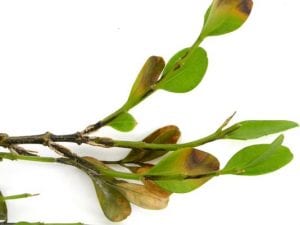
photo courtesy of Margery Daughtrey, Cornell University











